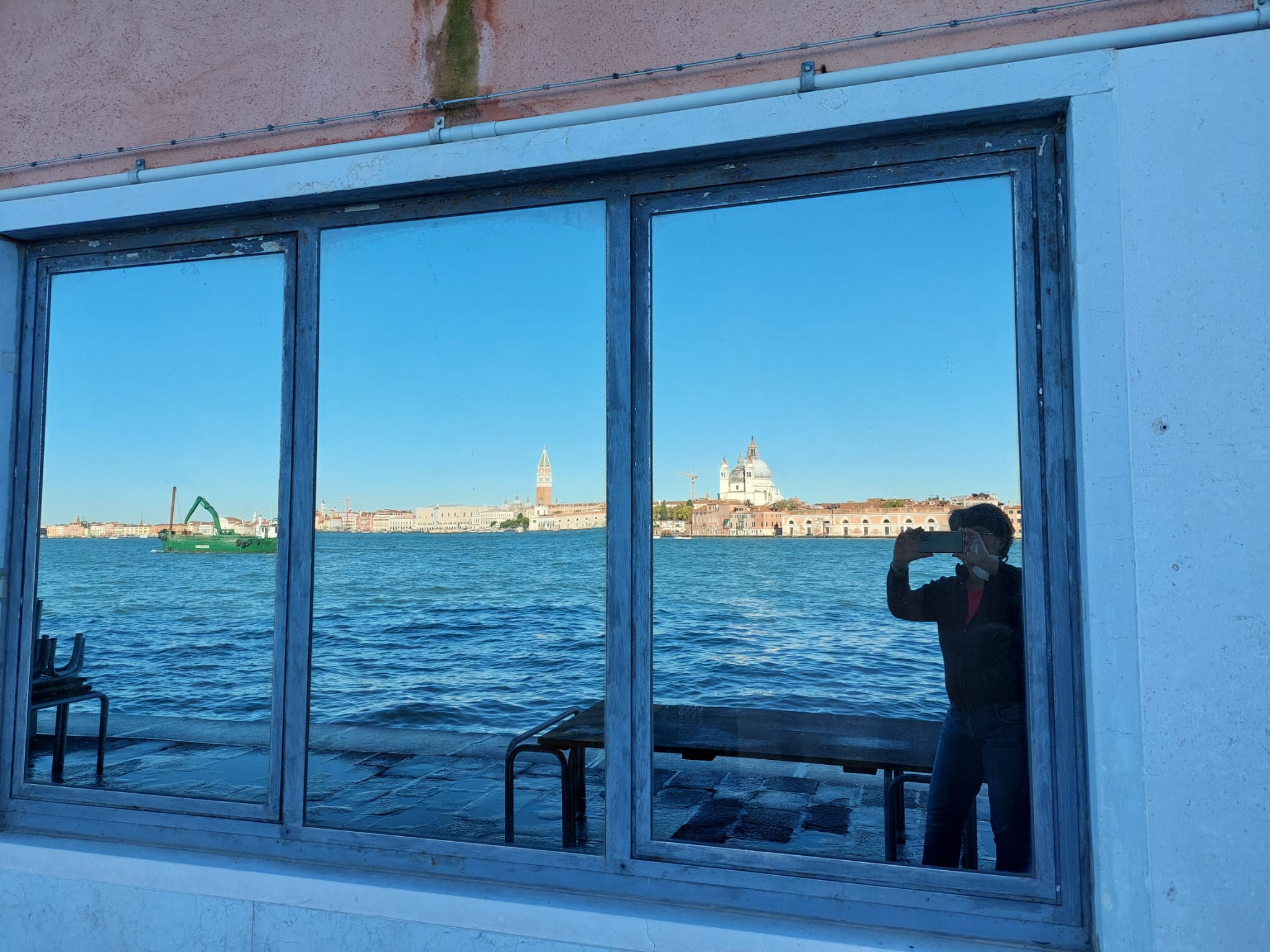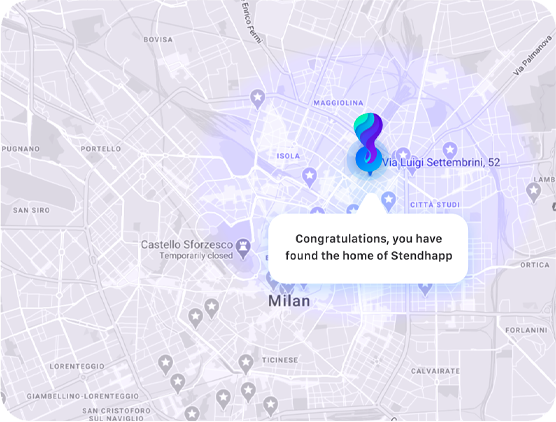The downside of being a 100% Instagrammable city: when every corner is ready for the camera,few remember to focus on the substance. Spending a few days in Venice away from the places where tourists flock, you discover many stories that make it unique. I have collected ten: not the most famous, but those that have really told me about the city.
1. Speaking of bridges
In Venice, where there is no bridge, one is built – temporary, made of boats. During All Souls’ Week, a bridge of boats connects Fondamenta Nove to the island of San Michele, where the cemetery is located. Since the end of the plague of 1577, on the third Saturday of July, for the Feast of the Redeemer, a bridge connects Fondamenta delle Zattere to Palladio’s basilica on the island of Giudecca. On November 21, also to commemorate the end of the plague of 1630, a bridge of boats on the Grand Canal connects Santa Maria del Giglio with Punta delle Dogane, facilitating access to the Basilica of Madonna della Salute. More prosaically, a bridge of boats crosses the Grand Canal every year during the Venice Marathon. Even the Rialto Bridge was a pontoon bridge in the 12th century, when it was called Ponte della Moneta.
2. Counterweights
The iron at the bow of the gondola acts as a counterweight to the gondolier at the stern. The six teeth under the Doge’s helmet represent the six districts of Venice. Sometimes there are three small friezes between the six teeth: these represent the three main bridges on the Grand Canal: Rialto, Accademia, and Scalzi.
3. Filtered water
The numerous wells that can be seen in the center of Venetian “campi” did not draw water from underground sources, but rather rainwater that was collected in clay-lined cisterns and filled with sand acting as a purification filter.
4. Gratitude
In 1630, as a sign of gratitude for the end of the plague, the Basilica of Santa Maria alla Salute was built: even today, on November 21st of each year, that moment is commemorated by lighting candles for the year spent in good health. In 2020, during the Covid pandemic, the usual bridge of boats was not built, and the Venetian faithful were encouraged to pray from home.
5. Disobedience
The patron saint of Venice appointed by the Byzantines in the 8th century was St. Theodore (Todaro), but the Venetians replaced him with St. Mark after stealing the evangelist’s remains in 828, illegally sending ten merchant ships to Alexandria in Egypt in defiance of the emperor. The transition from Saint Theodore to Saint Mark was not just a change of saint, but an ideological transformation: Venice went from being a Byzantine city to an autonomous power, with an evangelist patron saint who placed it on the same level as the great Christian capitals. The statue of Todaro still stands today on one of the columns in Saint Mark’s Square next to the one with the lion.
6. Whistleblowing
After the conspiracy of 1310 against Doge Pietro Gradenigo, it was decided to place lion’s mouth-shaped letterboxes in the various districts and inside the Doge’s Palace to collect secret reports. In 1542, it was decided that reports could not be anonymous and that they had to include the names of at least two witnesses in order to be taken into consideration, with the exception of complaints relating to conspiracies against the state. One of these lion’s mouths can be seen on the façade of the church of Santa Maria alla Visitazione alle Zattere.
7. Dictatorship
Doge Marin Falier, who wanted to acquire full powers in 1355, was sentenced to death and beheaded. In place of his effigy in the Doge’s Palace, a black cloth was carved with the inscription “This was the place of Marino Faliero, beheaded for treason.” The beheading of Marin Falier was immortalized by Hayez and Delacroix.
8. Prestigious garages
Peggy Guggenheim breathed a sigh of relief when she managed to leave her modern art collection at Palazzo Venier dei Leoni, fearing she would have to move it to her “uncle’s garage”, home to the Guggenheim Museum in New York, designed by none other than Frank Lloyd Wright.
9. Unlucky houses
It is said that many of the owners of Ca’ Dario, designed in 1479 by Pietro Lombardo, went bankrupt or committed suicide, including the manager of The Who, who bought it in 1976, and entrepreneur Raul Gardini in 1996. Ca’ Dario has been immortalized by Gabriele D’Annunzio, Monet, and John Ruskin.
10. Books
If you love books, avoid the Acqua Alta bookshop and visit the library on the island of Armeni instead, which even Napoleon spared from looting.





